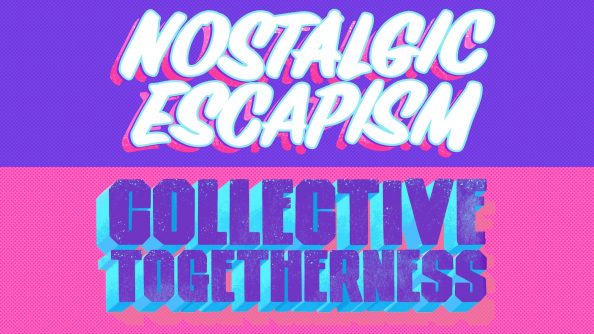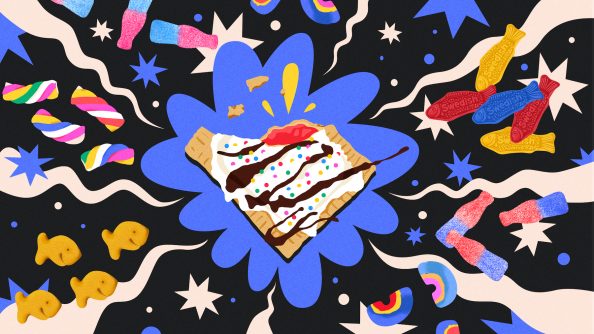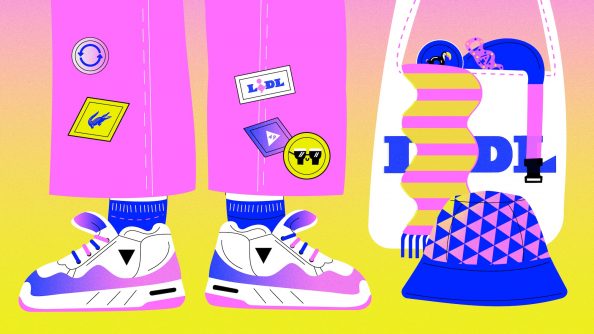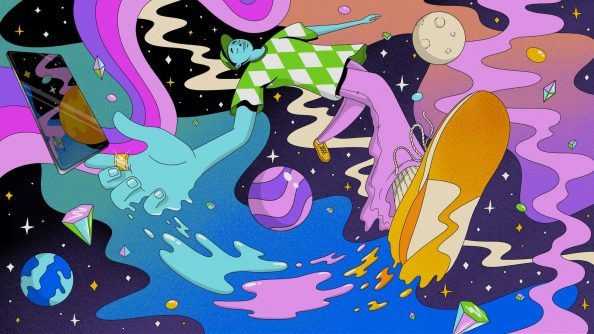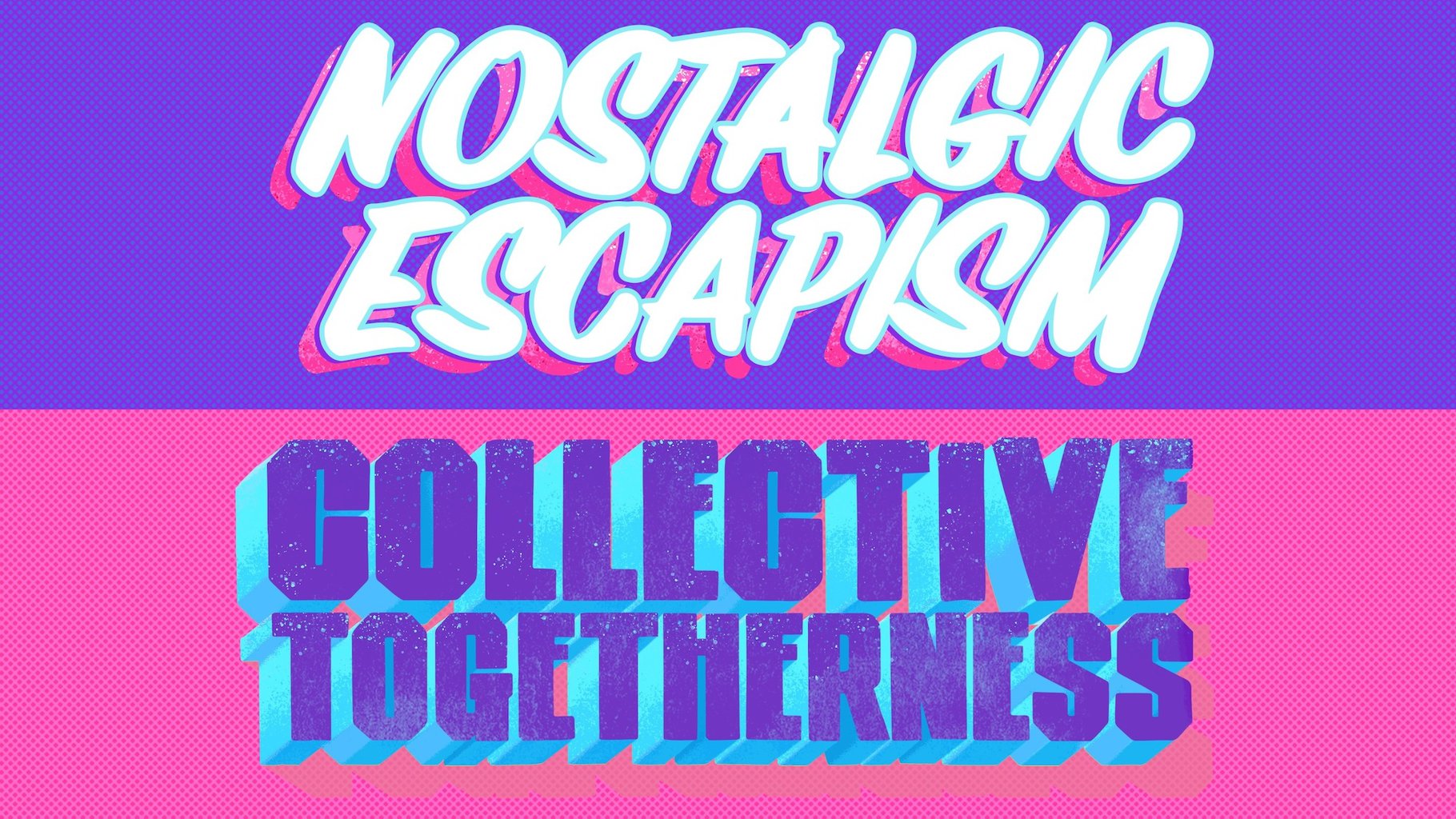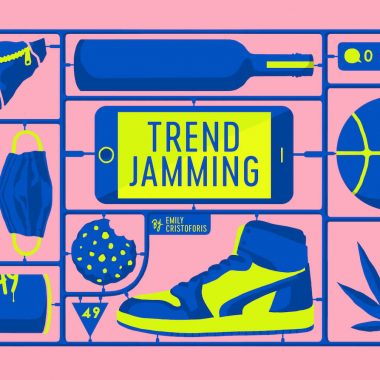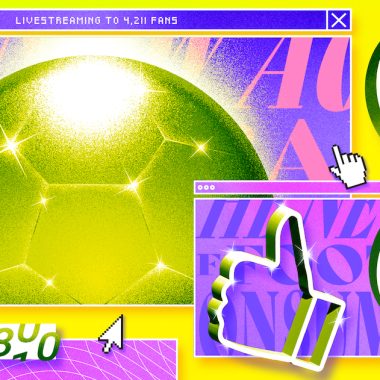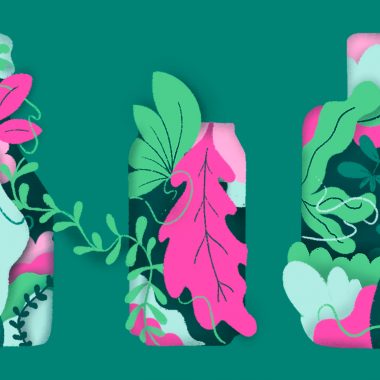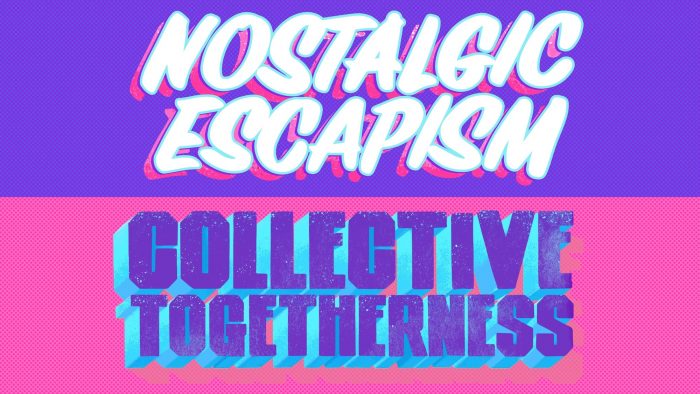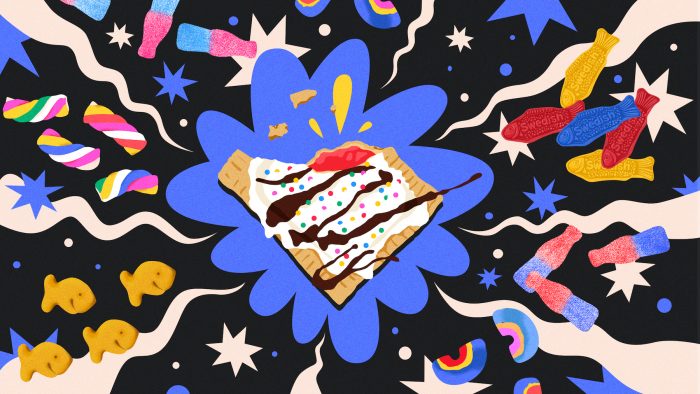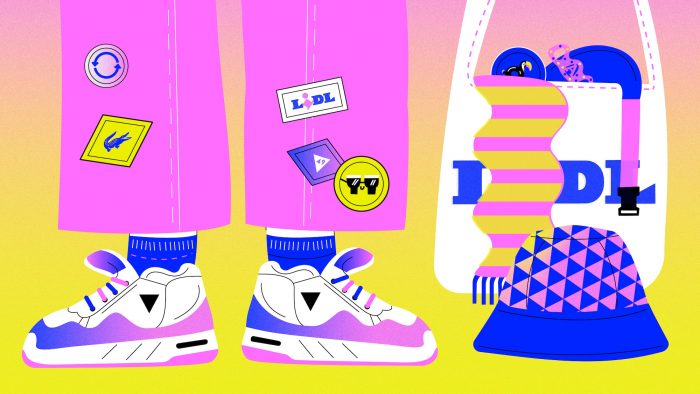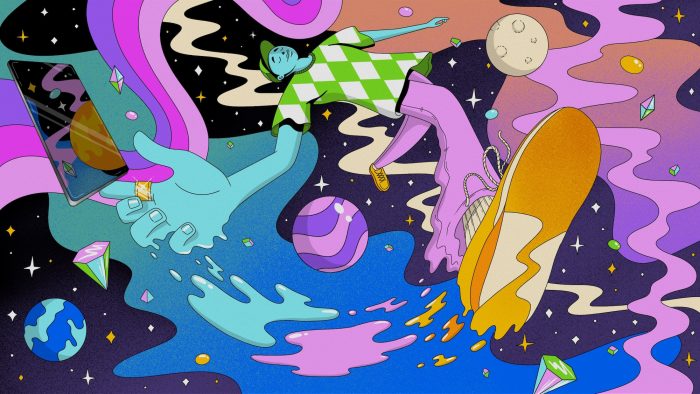If Summer was all about living your best Barbie life, the transition into Fall was all about Taylor Swift and her loyal army of Swifties. The common theme? An overarching consumer desire to embrace experiences and go all in.
Grounded in this consumer insight, we’ve identified two key cultural drivers influencing brands and helping them maintain cultural relevance.
Welcome to a world filled with Nostalgic Escapism and Collective Togetherness.
TREND #1 NOSTALGIC ESCAPISM
What do you miss from the past? Nostalgic Escapism conjures up an image, feeling, sound, or even smell that takes us right back to a memory. Yes, tapping into nostalgia is an established tool for heritage brands to use to communicate authenticity and reliability. But Nostalgic Escapism takes this one step further, creating a way for consumers to fully escape into a world that feels familiar and comforting, yet also current and relevant to today.
The proof is in the pudding (and snacks)
This summer, Jell-o revealed new retro-inspired packaging, whilst childhood snack #Dunkaroos clocked up over 114M views on TikTok. So far, so familiar. And then came emerging brand Flings, modernizing the classic Pop-Tarts format for a new audience. High-protein, low sugar, and keto-friendly (three ticks here), Flings’ toaster pastries are wrapped up in a visual aesthetic and tone of voice that screams Gen Z. All offer perfect examples of Nostalgic Escapism in (tasty) practice.
And let’s not forget about Millenials, who arguably have more disposable income than Gen Z given that they are largely settled in the middle of their careers. The Cheez-Its Stop activation in Joshua Tree, handily coinciding with Millennial-favorite Burning Man, was rooted in the insight that travel-loving consumers wanted to take their beloved snacks on road trips to help “fuel their adventures”. For anyone pulling up at the Cheez-Its Stop, they could literally have packs sprayed into their car window through a specially designed pump, before stocking up branded merch in the gas station-style store.
Barbiemania
The Barbie movie was undoubtedly at the forefront of Nostalgic Escapism this summer, showing us that we could reframe our past and reconnect with the fun of childhood play through a more mature, contemporary lens. Fully-grown adults took to TikTok to discuss how it “healed their inner child” whilst buying into childlike brand collaborations drenched in THAT iconic Barbie pink.
As the hoards of fans flocked to sold-out movie theaters in their best pink looks, we lost track of how many brands released a Barbie pink product. It even caused a global shortage of pink paint as people literally painted the town pink (more on global shortages in the next trend). From the life-sized Mattel boxes installed in theaters for that all-important social media snap, to being THE inspiration for Halloween costumes this year, Barbie gave us a masterclass in marketing through Nostalgic Escapism.
TREND #2 COLLECTIVE TOGETHERNESS
What Bey started in May, Taylor took on for Autumn/Fall. With huge stadium concerts by some of the world’s biggest pop stars acting as our social glue, it was Taylor Swift who literally reminded us about the importance of togetherness: “Make the friendship bracelets, take the moment and taste it.”
And make the friendship bracelets they did. Fans spent months crafting, creating, and selling bracelets adorned with song titles and personal mantras. Even NFL players got into it, handing them out at training camp (way before the Travis Kelce news hit). Along with driving revenue to local businesses, the scale of this bracelet economy should not be ignored; it’s resulted in global bead and sequin shortages.
Alice Enders, music industry analyst & former Senior Economist at The WTO, summed it up perfectly, “We are in an experience economy where people crave going out and participating in social events.”
There’s money to be made, and consumers to win, from cultural moments like these. How your brand shows up to the party authentically, is the missing piece of the puzzle.
Come dine with us
Collective Togetherness isn’t just about attending huge events. Smaller, more intimate ways to share experiences in real life are also hot right now and, as the leaves started to turn, #Dinnerparty was going viral on TikTok (1.4B views and counting). Seasonal ornate table settings and cooking up a storm for your nearest and dearest were IN.
Away from home, Netflix Bites took the concept of ‘Netflix and Chill’ to new heights. The perfect blend of branded digital content with IRL consumer experience, this Instagrammable pop-up restaurant serves up a true taste of the streaming service, complete with chefs and dishes from some of its top cooking shows. This ‘screen-to-plate’ idea is a brilliant extension of the Netflix brand, offering diners a truly memorable shared experience.
KEEPING IT REAL KEEPING IT RELEVANT
For brands to be relevant to consumers today, they need to have cultural meaning. On paper, a movie about a doll might not seem relevant for a sugar-free soda brand, but that official Swoon x Barbie Pink Lemonade? The unofficial drink of Summer ‘23 delivers brand relevance as a result of cultural meaning.
By having a deep understanding of what’s bubbling up in broader culture, and using it to inspire how you connect with consumers, brands can ensure that they remain relevant and don’t get left behind.
Now, who’s coming to our childhood memories potluck tonight?
Want to dig into more cultural and consumer trends? Get in touch.
anna
Meg Asaro, Head of Strategy, and Sam Wilkes, Creative Director
